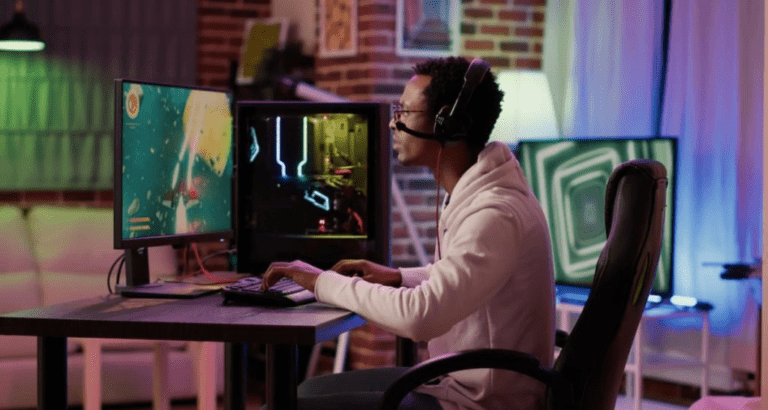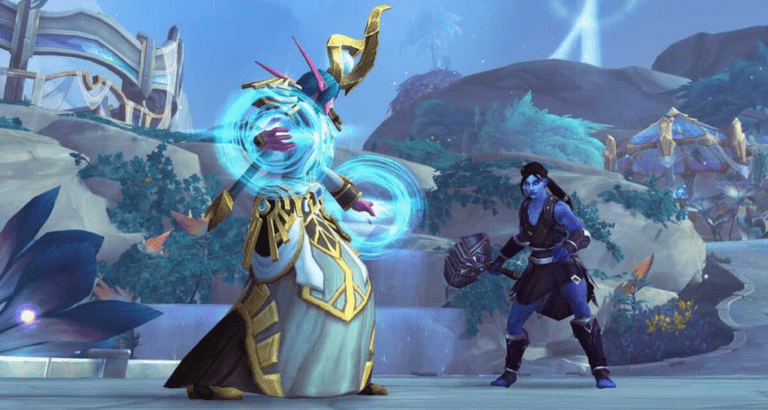Takeaway
In the rapidly evolving landscape of game development, collaboration between internal studios and external development teams has become essential for delivering high-quality gaming experiences. This article explores the intricate dynamics of these partnerships, focusing on best practices, communication strategies, and technological tools that facilitate seamless integration.
Understanding the Landscape of Game Development
The video game industry has witnessed exponential growth, with global revenues projected to reach $200 billion by 2023 (Newzoo, 2023). As the demand for innovative and engaging content increases, game studios are often faced with the challenge of scaling their development efforts. This is where external development teams come into play, providing specialized skills, additional manpower, and fresh perspectives.
The Role of External Development Teams
External development teams can take various forms, including outsourcing partners, co-development studios, and freelance professionals. Each type brings unique advantages to the table:
- Outsourcing Partners: These teams typically handle specific tasks such as art creation, programming, or quality assurance. They allow studios to focus on core competencies while ensuring that other aspects of development are managed efficiently.
- Co-Development Studios: These are often more integrated partnerships where both parties collaborate closely on game design and development. This model fosters innovation and shared ownership of the project.
- Freelancers: Independent contractors can provide specialized skills on a temporary basis, allowing studios to scale their workforce flexibly.
Establishing Clear Communication Channels
Effective communication is the cornerstone of successful collaboration between internal and external teams. Miscommunication can lead to delays, misunderstandings, and ultimately, project failure. Here are some strategies to enhance communication:
1. Regular Meetings
Scheduling regular meetings—whether daily stand-ups, weekly check-ins, or bi-weekly sprint reviews—ensures that all team members are aligned on project goals and timelines. These meetings should be structured to allow for updates, feedback, and problem-solving.

2. Use of Collaboration Tools
Leveraging collaboration tools such as Slack, Microsoft Teams, or Discord can facilitate real-time communication. Project management software like Jira or Trello can help track progress and manage tasks effectively, ensuring that everyone is on the same page.
3. Documentation
Maintaining comprehensive documentation is crucial for onboarding new team members and providing a reference for existing ones. This includes design documents, coding standards, and asset management guidelines. Tools like Confluence or Notion can be invaluable for this purpose.
Integrating Workflows and Processes
To achieve seamless collaboration, it is essential to integrate workflows and processes between internal and external teams. This can be accomplished through the following methods:
1. Agile Methodologies
Adopting Agile methodologies, such as Scrum or Kanban, can enhance flexibility and responsiveness in development. Agile promotes iterative development, allowing teams to adapt to changes quickly and deliver incremental updates. This approach is particularly beneficial when working with external teams, as it fosters a culture of collaboration and continuous improvement.

2. Shared Development Environments
Utilizing shared development environments, such as cloud-based platforms, allows both internal and external teams to work on the same codebase simultaneously. Tools like GitHub or GitLab facilitate version control and collaborative coding, reducing the risk of conflicts and ensuring that everyone has access to the latest updates.
3. Quality Assurance Integration
Incorporating quality assurance (QA) processes early in the development cycle is vital for maintaining high standards. External teams should be integrated into the QA process, allowing them to provide feedback and identify issues before they escalate. Automated testing tools can also streamline this process, ensuring that both teams are aligned on quality expectations.
Managing Cultural Differences
When collaborating with external teams, especially those located in different countries, cultural differences can impact communication and workflow. Understanding and respecting these differences is crucial for fostering a positive working relationship.
1. Cultural Awareness Training
Providing cultural awareness training for both internal and external teams can help bridge gaps in understanding. This training should cover communication styles, work ethics, and decision-making processes prevalent in different cultures.
2. Building Trust and Rapport
Investing time in building trust and rapport between teams can lead to more effective collaboration. This can be achieved through team-building activities, informal virtual meetups, or even occasional in-person gatherings when feasible.
Leveraging Technology for Seamless Collaboration
In today’s digital age, technology plays a pivotal role in facilitating collaboration between internal and external teams. Here are some key technologies that can enhance the development process:
1. Game Engines
Utilizing popular game engines like Unity or Unreal Engine allows for a standardized development environment. These engines often come with built-in collaboration tools that enable teams to work together more effectively.
2. Asset Management Systems
Implementing asset management systems can streamline the process of sharing and managing game assets. Tools like Perforce or Unity Collaborate allow teams to track changes, manage versions, and ensure that assets are easily accessible to all team members.
3. Remote Work Technologies
As remote work becomes increasingly common, investing in reliable remote work technologies is essential. High-quality video conferencing tools, screen sharing software, and virtual reality meeting spaces can enhance collaboration and make remote interactions feel more personal.
Conclusion
In conclusion, the collaboration between game studios and external development teams is a multifaceted process that requires careful planning, effective communication, and the right technological tools. By establishing clear communication channels, integrating workflows, managing cultural differences, and leveraging technology, studios can create a seamless partnership that enhances productivity and innovation. As the gaming industry continues to evolve, embracing these practices will be crucial for staying competitive and delivering exceptional gaming experiences.
Key Points
- External development teams provide specialized skills and additional resources.
- Effective communication is essential for successful collaboration.
- Integrating workflows through Agile methodologies enhances flexibility.
- Cultural awareness training can bridge gaps in understanding.
- Leveraging technology streamlines collaboration and improves efficiency.

